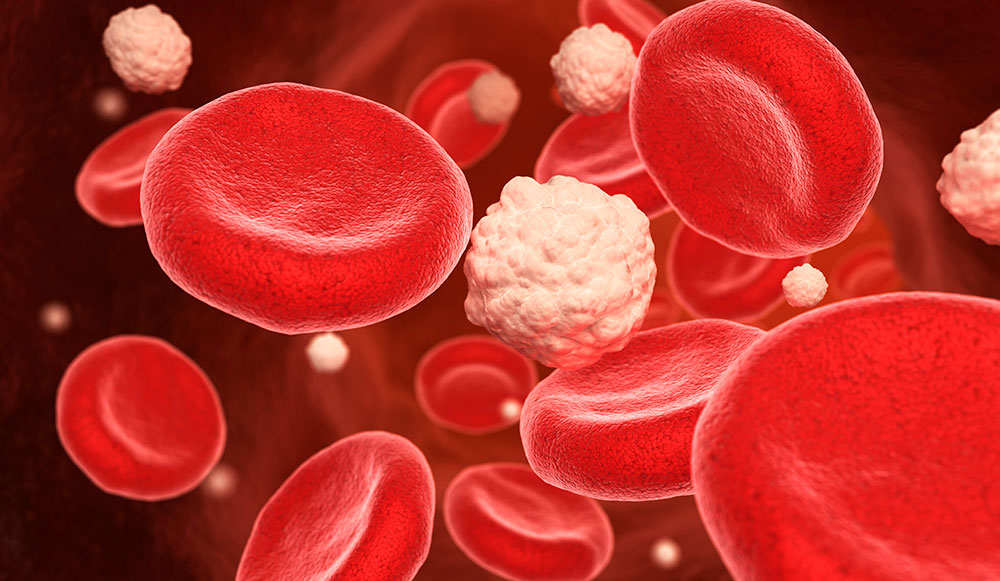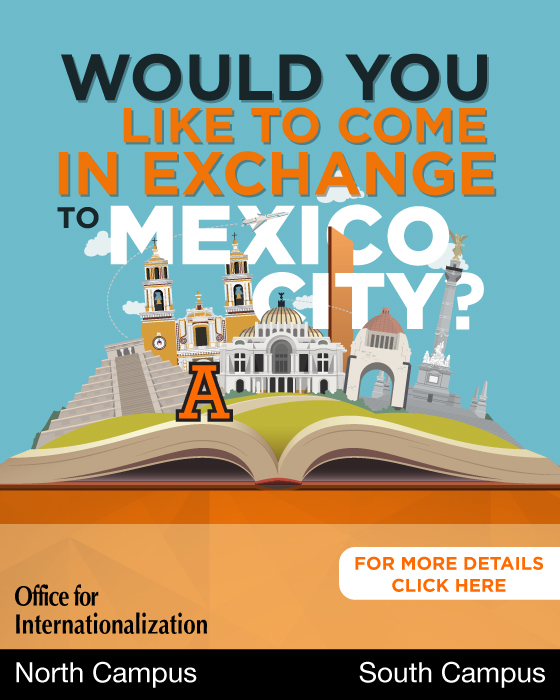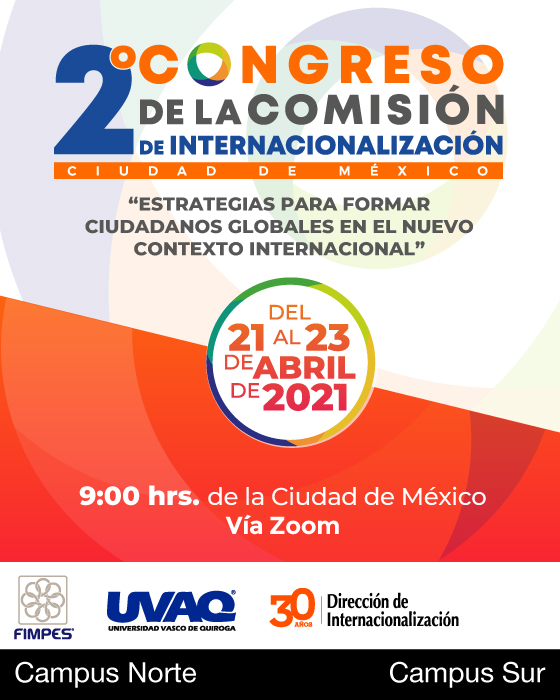
The global pandemic we are currently experiencing will be having serious consequences on the present and future socio-economic aspect. We do not know yet how the SARS-CoV-2 virus interacts with the host human cell since the moment of exposure. The virus enters the body, and, apparently, is eliminated in about 80% of cases. However, the remaining 20% of individuals who get infected with this virus will develop the most severe forms, with hyperinflammation and multi-organ failure (1).
There is scientific evidence demonstrating how the virus uses substrates from the infected host to ensure its replication and survival. Therefore, the exposure of the host's metabolic momentum to the virus could be key to allowing either a rapid immune response that facilitates the control of viral replication or a slow and deleterious response, leading to a critical state and perhaps even to death. Recent evidence has shown the essential role of glucose levels as the main element in allowing or not a fast viral replication.
Currently, eight months after the beginning of this pandemic, the question that has arisen in research centers is whether glucose is actually responsible for the poor prognosis of the person infected, regardless of their obesity or diabetic status, situations that could worsen the situation (2).
Upon entering the lung cells or those of any other organ, the virus will quickly use glucose, as a result of a real sequestration of the intracellular mechanisms to use glucose as fuel. Allegedly, this activates hyperinflammatory cascades which ultimately are responsible for multi-organ failure in patients who develop severe forms of COVID-19 infection.
Basically, the virus sequesters the hexosamine pathway, a metabolic pathway that humans use only in 5%. The virus activates this pathway by 95%, redirecting the metabolism, instead of using common pathways such as cytosolic glycolysis and pyruvate or the citric acid cycle to use glucose as an energy source (3).
This rare metabolic pathwa -used to the extreme by the virus- causes the end products of this hexosamine pathway to activate overexpressions of the inflammatory system, such as interferons and pro-inflammatory cytokines. IRF5 is a type of interferon that is key in penetrating the cell nucleus and abnormally and excessively activating pro-inflammatory genes,particularly the NF-kB family, leading to the cytokine storm and multi-organ failure (3, 4) .
It seems that peak postprandial blood glucose levels in these times of confinement could play a determining role when meeting with the virus, since glucose excursions after breakfast, lunch or dinner could be a suitable environment for the virus to replicate in the infected human host (3, 5).
The alternative hexosamine biosynthetic pathway (HBP) generates UDP-GlcNAc (uridine-diphosphateβ-D-N-acetylglucosamine). The great relevance of the HBP pathway is the ability to link cell signaling and gene expression with glucose, amino acids, fatty acids, and nucleotide metabolism through an important GFAT metabolite. It is speculated to play an important role in allowing it the virus to reprogram intracellular metabolic pathways in its favor.
The HBP pathway is also regulated by the OGT (O-GlcNAc transferase) and OGA (O-GlcNAcase) enzymes, which catalyze the addition and removal of GlcNAc in proteins. UDP-GlcNAc is the substrate for N-glycosylation, an important protein-folding process within the endoplasmic reticulum. The HBP-OGlcNAc pathway has also been identified to have an important contribution in the harmful effects of dysglycemia.
These dysglycemic states, mainly in the post-prandium (after ingesting food), have deleterious effects on cells infected by the virus as they increase intracellular viral metabolism to ensure precursors of greater biosynthesis (lipids, nucleotides) to optimize their production and replication (3, 4).
To sum up, the HBP-GlcNAc-OGT-IRF5-interferon-SARSCoV-2 pathway may have important implications in preventing the onset of COVID-19 infection. It facilitates a low-grade, subclinical chronic inflammation state, reinforcing hyperinflammation after viral infection.
The hypothesis developed in collaboration with Dr. Raul Bastarrachea of the Texas Biomedical Research Institute in San Antonio; Dr. Ernesto Rodriguez from Anahuac University in Mexico City; and Dr. Hugo Laviada of the Marista University of Merida, is currently being tested on non-human primates at the National Primate Research Center of the United States, and with human protocols by Dr. Yobana Perez, expert in the HBP pathway and in viral replication and cellular metabolism processes at the Benito Juarez University of Oaxaca.
This type of international and inter-institutional collaborations is key to do highly significant and innovating scientific works that, with no doubt, will contribute to the progress of science.
The author of this text, Dr. Ernesto Rodriguez Ayala, is researcher at the School of Health Sciences of the Anahuac University in Mexico City and a member of the National System of Researchers (SNI by its acronym in Spanish) in the medical and health science area.
References:
- Cole SA, Laviada-Molina HA, Serres-Perales JM, Rodríguez-Ayala E, Bastarrachea RA. The COVID-19 Pandemic during the Time of the Diabetes Pandemic: Likely Fraternal Twins? Pathogens. 2020; 9(5).
- Pontiroli AE, La Sala L, Chiumello D, Folli F. Is blood glucose or obesity responsible for the bad prognosis of COVID-19 in obesity - diabetes? Diabetes Res Clin Pract. 2020:108342.
- Laviada-Molina HA, Leal-Berumen I, Rodríguez-Ayala E, Bastarrachea RA. Working Hypothesis for Glucose Metabolism and SARS-CoV-2 Replication: Interplay Between the Hexosamine Pathway and Interferon RF5 Triggering Hyperinflammation. Role of BCG Vaccine? Front Endocrinol (Lausanne). 2020; 11:514.
- Qiming Wang PF, Rui He, Mengqi Li, Haisheng Yu, Li Zhou, Yu Yi, Fubing Wang, Yuan Rong, Yi Zhang et al. O-GlcNAc transferase promotes influenza A virus–induced cytokine storm by targeting interferon regulatory factor–5. Science Advances - Virology. 2020;6(16):eaaz7086.
- Codo AC, Davanzo GG, Monteiro LB, de Souza GF, Muraro SP, Virgilio-da-Silva JV, et al. Elevated Glucose Levels Favor SARS-CoV-2 Infection and Monocyte Response through a HIF-1α/Glycolysis-Dependent Axis. Cell Metab. 2020.




